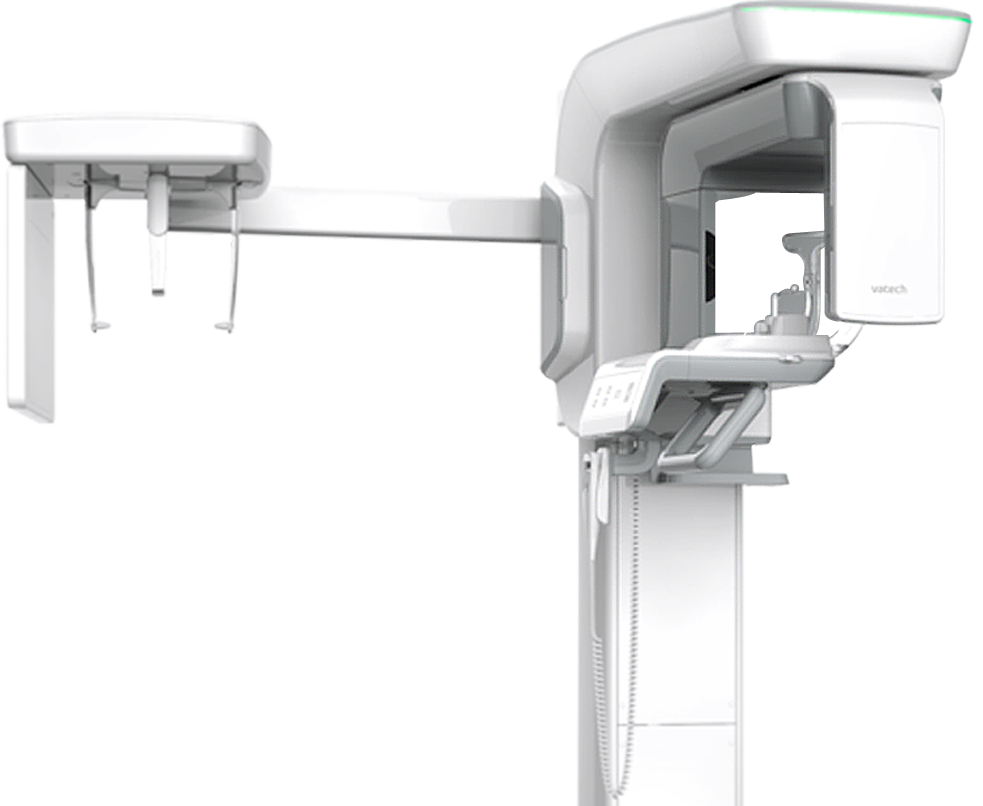Mobile Optimization Made Simple: Boost Person Satisfaction with Quick …
페이지 정보
작성자 Shanon Varghese 댓글 0건 조회 24회 작성일 23-10-07 11:23본문
Quick Links: Your Secret Weapon for Click-Worthy Content
In today's fast-paced digital world, grabbing the attention of your audience is becoming increasingly challenging. With a staggering amount of content available at the click of a button, it's essential to discovery ways to stand out from the crowd. One powerful tool in your arsenal is the use of quick links.
Fast links are a easy yet effective way to enhance user experience and pressure engagement on the website or blog. They allow readers to navigate easily through your content by providing shortcuts to related information inside the same page or to external sources. By integrating quick links strategically, you can improve the accessibility and usability of the website while encouraging readers to spend further time exploring your content.
The beauty of quick links lies in their simplicity. Unlike long paragraphs or complex navigation menus, quick hyperlinks provide a handy means for users to jump straight to the information they need. By offering this shortcut, you save your readers' valuable time and increase their overall satisfaction with your writing.
But how can you use quick links to make your content click-worthy? Here are some pathway strategies to consider:
1. Break up lengthy articles: Long-form content is valuable for in-depth information, but it can intimidate readers who are looking for quick answers. By incorporating quick links, you can create an organized structure that allows readers to navigate effortlessly through alternative sections or subtopics of the submit. This makes it easier for readers to find what they're seeking, leading to elevated experiences and lower bounce rates.
2. Provide additional resources: Quick links can be used to direct readers to additional resources related to your content. This could include comparable articles, downloadable files, video tutorials, or relevant external websites. By offering these resources through quick links, you enhance the value of your content and provide readers with a comprehensive experience that goes beyond just text.
3. Improve accessibility: Quick links can be particularly beneficial for individuals who have visual impairments or use screen readers. By providing descriptive anchor text for the hyperlinks, you allow these users to navigate your content more efficiently. Additionally, quick links can help those who are in a hurry or prefer scanning content by allowing them to jump instantly to the sections they find most interesting or relevant.
4. Enhance user engagement: Fast links can be strategically placed within your content to encourage users to discover further. For example, you can insert links that lead to associated articles, product pages, or promotional presents. By enticing readers with quick and convenient access to more of your content, you hyperdrive the likelihood of keeping them engaged and coming back for more.
5. Optimize for mobile users: With the dominance of smartphones and tablets, it's crucial to optimize your content for mobile users. Quick hyperlinks provide a mobile-friendly solution by eliminating the need for excessive scrolling or pinch-zooming. By enabling users to jump immediately to the information they desire, you craft a seamless mobile experience that can significantly impact user satisfaction and engagement.
In conclusion, quick hyperlinks are a valuable secret weapon in your writing creation arsenal. By leveraging their power, you can improve user experience, increase engagement, and make your content more click-worthy. Whether you're looking to enhance accessibility, provide additional assets, or optimize for mobile customers, incorporating quick links can truly transform your content into a user-friendly and highly exciting discover.
So, why wait? Start utilizing quick links today and unleash the true capabilities of your content!
Short Links and A/B Testing: Optimizing Your Technique
By [Your Name]
Introduction:
In this digital age, where attention spans are shorter than ever, it's crucial for businesses and marketers to find ways to optimize their strategies. One effective method is to use short links combined with A/B testing. In this article, we will test how quick hyperlinks and A/B testing work together to improve your marketing efforts. We will break down the idea and offer practical tips on how to implement this campaigns successfully.
Understanding Short Links:
Let's start by understanding what quick links are and why they matter. Short links are shortened URLs that redirect customers to a specific webpage or content. Instead of displaying a long, advanced URL, short links condense it into a concise and memorable format. These links are easier to share, track, and analyze, making them an superb tool for entrepreneurs.
Why Short Links Are Important:
Brief links offer several benefits to marketers. Firstly, they are more visually appealing and simple compared to long, unwieldy links. They take up less space in text messages, social media posts, and other forms of communication. By using short links, you can present a cleaner and more skilled image to your audience.
Secondly, short links facilitate tracking and analytics. With the assistance of these hyperlinks, you can monitor how many humans clicked on your links, which platforms they used, and other valuable data. This information allows you to gain insights into your audience's habits, preferences, and engagement levels.
The Power of A/B Testing:
Now that we understand the value of short links, let's discover how A/B testing can further optimize the marketing efforts. A/B testing, additionally known as split testing, involves comparing two versions of a webpage or campaign element to determine which one performs better. By testing different variables simultaneously, you can gain precious insights about what resonates with your viewers and drives desired actions.
Implementing A/B Testing with short links:
To implement A/B testing effectively, it's vital to develop a well-defined strategy. Here's a step-by-step guide on how to incorporate A/B testing using short links into the marketing strategies:
1. Establish your goals and objectives: Begin by surroundings clear goals for your campaign. Are you aiming to increase conversions, click-through charges, or time spent on your website? Define what success means to you and align your experiments accordingly.
2. Select variables to test: Choose the specific elements you want to test. It might be the call-to-action (CTA), headline, layout, or even the short link itself. Ensure that the variables are measurable and directly contribute to your overall objectives.
3. Create different versions: Develop multiple versions of the variable you are testing. For example, if you are testing a CTA button, create two or additional variations with different phrasing or colors.
4. Divide your viewers: Split your audience into statistically significant segments. Half of the viewers will be directed to version A, whereas the other half will see version B. This division ensures accurate results.
5. Track and analyze results: Now it's time to launch your campaign. Utilize a reliable analytics tool to track the performance of each model. Keep an eye on key metrics, such as click-through rates, conversions, and engagement levels.
6. Compare and optimize: Once you have gathered enough data, compare the results of each model. Identify the winning variation and use that knowledge to optimize your future campaigns. Remember, optimization is an current process, so be open to experimenting and refining your approach.
Conclusion:
Quick hyperlinks and A/B testing can evolve the way you create and deliver your marketing messages. By using shorter, more shareable links and conducting A/B tests, you can optimize your strategy and pressure better results. Remember to keep your goals in thoughts, select significant variables to test, and consistently analyze and leverage your campaigns. With these methods, you'll be well on your way to achieving marketing excellence in the digital world.
In today's fast-paced digital world, grabbing the attention of your audience is becoming increasingly challenging. With a staggering amount of content available at the click of a button, it's essential to discovery ways to stand out from the crowd. One powerful tool in your arsenal is the use of quick links.
Fast links are a easy yet effective way to enhance user experience and pressure engagement on the website or blog. They allow readers to navigate easily through your content by providing shortcuts to related information inside the same page or to external sources. By integrating quick links strategically, you can improve the accessibility and usability of the website while encouraging readers to spend further time exploring your content.
The beauty of quick links lies in their simplicity. Unlike long paragraphs or complex navigation menus, quick hyperlinks provide a handy means for users to jump straight to the information they need. By offering this shortcut, you save your readers' valuable time and increase their overall satisfaction with your writing.
But how can you use quick links to make your content click-worthy? Here are some pathway strategies to consider:
1. Break up lengthy articles: Long-form content is valuable for in-depth information, but it can intimidate readers who are looking for quick answers. By incorporating quick links, you can create an organized structure that allows readers to navigate effortlessly through alternative sections or subtopics of the submit. This makes it easier for readers to find what they're seeking, leading to elevated experiences and lower bounce rates.
2. Provide additional resources: Quick links can be used to direct readers to additional resources related to your content. This could include comparable articles, downloadable files, video tutorials, or relevant external websites. By offering these resources through quick links, you enhance the value of your content and provide readers with a comprehensive experience that goes beyond just text.
3. Improve accessibility: Quick links can be particularly beneficial for individuals who have visual impairments or use screen readers. By providing descriptive anchor text for the hyperlinks, you allow these users to navigate your content more efficiently. Additionally, quick links can help those who are in a hurry or prefer scanning content by allowing them to jump instantly to the sections they find most interesting or relevant.
4. Enhance user engagement: Fast links can be strategically placed within your content to encourage users to discover further. For example, you can insert links that lead to associated articles, product pages, or promotional presents. By enticing readers with quick and convenient access to more of your content, you hyperdrive the likelihood of keeping them engaged and coming back for more.
5. Optimize for mobile users: With the dominance of smartphones and tablets, it's crucial to optimize your content for mobile users. Quick hyperlinks provide a mobile-friendly solution by eliminating the need for excessive scrolling or pinch-zooming. By enabling users to jump immediately to the information they desire, you craft a seamless mobile experience that can significantly impact user satisfaction and engagement.
In conclusion, quick hyperlinks are a valuable secret weapon in your writing creation arsenal. By leveraging their power, you can improve user experience, increase engagement, and make your content more click-worthy. Whether you're looking to enhance accessibility, provide additional assets, or optimize for mobile customers, incorporating quick links can truly transform your content into a user-friendly and highly exciting discover.
So, why wait? Start utilizing quick links today and unleash the true capabilities of your content!
Short Links and A/B Testing: Optimizing Your Technique
By [Your Name]
Introduction:
In this digital age, where attention spans are shorter than ever, it's crucial for businesses and marketers to find ways to optimize their strategies. One effective method is to use short links combined with A/B testing. In this article, we will test how quick hyperlinks and A/B testing work together to improve your marketing efforts. We will break down the idea and offer practical tips on how to implement this campaigns successfully.
Understanding Short Links:
Let's start by understanding what quick links are and why they matter. Short links are shortened URLs that redirect customers to a specific webpage or content. Instead of displaying a long, advanced URL, short links condense it into a concise and memorable format. These links are easier to share, track, and analyze, making them an superb tool for entrepreneurs.
Why Short Links Are Important:
Brief links offer several benefits to marketers. Firstly, they are more visually appealing and simple compared to long, unwieldy links. They take up less space in text messages, social media posts, and other forms of communication. By using short links, you can present a cleaner and more skilled image to your audience.
Secondly, short links facilitate tracking and analytics. With the assistance of these hyperlinks, you can monitor how many humans clicked on your links, which platforms they used, and other valuable data. This information allows you to gain insights into your audience's habits, preferences, and engagement levels.
The Power of A/B Testing:
Now that we understand the value of short links, let's discover how A/B testing can further optimize the marketing efforts. A/B testing, additionally known as split testing, involves comparing two versions of a webpage or campaign element to determine which one performs better. By testing different variables simultaneously, you can gain precious insights about what resonates with your viewers and drives desired actions.
Implementing A/B Testing with short links:
To implement A/B testing effectively, it's vital to develop a well-defined strategy. Here's a step-by-step guide on how to incorporate A/B testing using short links into the marketing strategies:
1. Establish your goals and objectives: Begin by surroundings clear goals for your campaign. Are you aiming to increase conversions, click-through charges, or time spent on your website? Define what success means to you and align your experiments accordingly.
2. Select variables to test: Choose the specific elements you want to test. It might be the call-to-action (CTA), headline, layout, or even the short link itself. Ensure that the variables are measurable and directly contribute to your overall objectives.
3. Create different versions: Develop multiple versions of the variable you are testing. For example, if you are testing a CTA button, create two or additional variations with different phrasing or colors.
4. Divide your viewers: Split your audience into statistically significant segments. Half of the viewers will be directed to version A, whereas the other half will see version B. This division ensures accurate results.
5. Track and analyze results: Now it's time to launch your campaign. Utilize a reliable analytics tool to track the performance of each model. Keep an eye on key metrics, such as click-through rates, conversions, and engagement levels.
6. Compare and optimize: Once you have gathered enough data, compare the results of each model. Identify the winning variation and use that knowledge to optimize your future campaigns. Remember, optimization is an current process, so be open to experimenting and refining your approach.
Conclusion:
Quick hyperlinks and A/B testing can evolve the way you create and deliver your marketing messages. By using shorter, more shareable links and conducting A/B tests, you can optimize your strategy and pressure better results. Remember to keep your goals in thoughts, select significant variables to test, and consistently analyze and leverage your campaigns. With these methods, you'll be well on your way to achieving marketing excellence in the digital world.
- 이전글سئو چیست ؟ 23.10.07
- 다음글cyklokapron à acheter en pharmacie française hemotrex pedido en Buenos Aires 23.10.07
댓글목록
등록된 댓글이 없습니다.






























